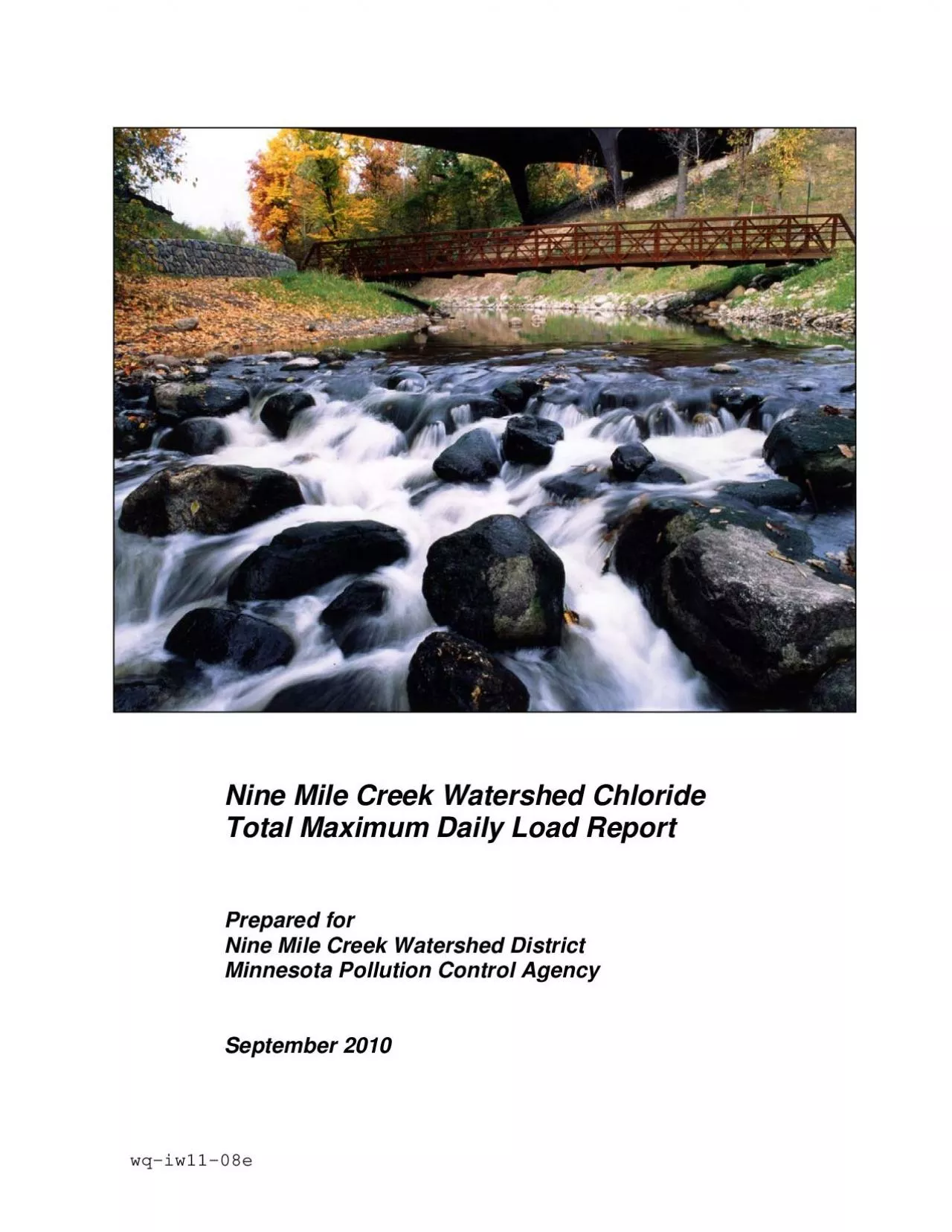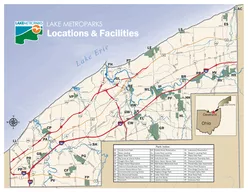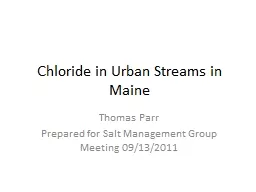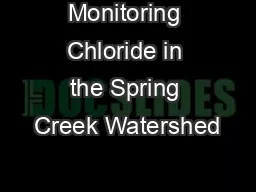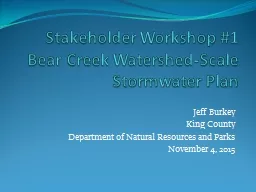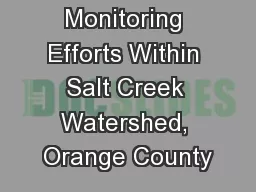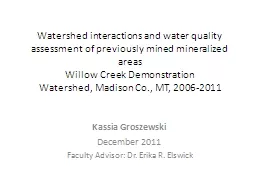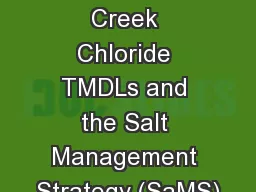PDF-Nine Mile Creek Watershed Chloride Nine Mile Creek Watershed District
Author : helene | Published Date : 2021-06-28
Nine Mile Creek Watershed District Minnesota Pollution Control Agency 4700 West 77 th Street Minneapolis MN 554354803Phone 952 8322600 Fax 952 8322601 Nine Mile
Presentation Embed Code
Download Presentation
Download Presentation The PPT/PDF document "Nine Mile Creek Watershed Chloride Nine..." is the property of its rightful owner. Permission is granted to download and print the materials on this website for personal, non-commercial use only, and to display it on your personal computer provided you do not modify the materials and that you retain all copyright notices contained in the materials. By downloading content from our website, you accept the terms of this agreement.
Nine Mile Creek Watershed Chloride Nine Mile Creek Watershed District: Transcript
Download Rules Of Document
"Nine Mile Creek Watershed Chloride Nine Mile Creek Watershed District"The content belongs to its owner. You may download and print it for personal use, without modification, and keep all copyright notices. By downloading, you agree to these terms.
Related Documents

